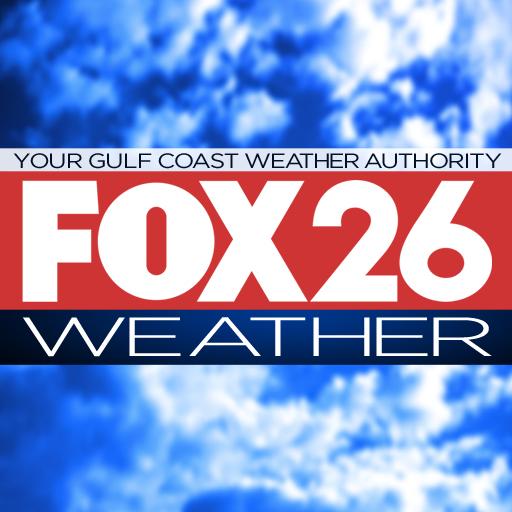
The Importance of Weather Radar Technology
Weather radar technology plays a crucial role in meteorology, providing real-time data that helps weather forecasters predict various atmospheric conditions. As extreme weather events become more common due to climate change, the need for reliable weather forecasting tools has never been more important.
What is Weather Radar?
Weather radar uses radio waves to detect precipitation, measure its intensity, and track its movement. By sending out a pulse of radio waves that bounce off precipitation particles, meteorologists can gather critical information about storm systems, allowing them to issue timely alerts for severe weather such as thunderstorms, tornadoes, and heavy snowfall.
Recent Developments in Weather Radar
In the past few months, advancements in weather radar technology have enhanced forecasting accuracy across Canada, especially in regions prone to severe weather. In September 2023, the Meteorological Service of Canada (MSC) announced an upgrade to its radar network, improving resolution and coverage. This enhancement allows meteorologists to better track storms and provide more precise forecasts to the public.
The Role of Weather Radar in Public Safety
With the recent uptick in natural disasters, the significance of weather radar extends beyond mere forecasting. It plays an essential role in public safety by enabling timely advisory systems. For instance, the MSC can issue severe weather warnings to communities at risk, allowing them to prepare for possible adverse conditions. This capability ultimately helps reduce risk to life and property during severe weather events.
Conclusion
As weather patterns become increasingly unpredictable, the significance of weather radar technology will only continue to grow. For residents of Canada, staying informed about weather changes through reliable forecasts can make all the difference in ensuring safety and preparedness. With ongoing advancements in radar technology, the future looks promising for early warning systems, potentially saving lives and minimizing property damage during extreme weather situations.



